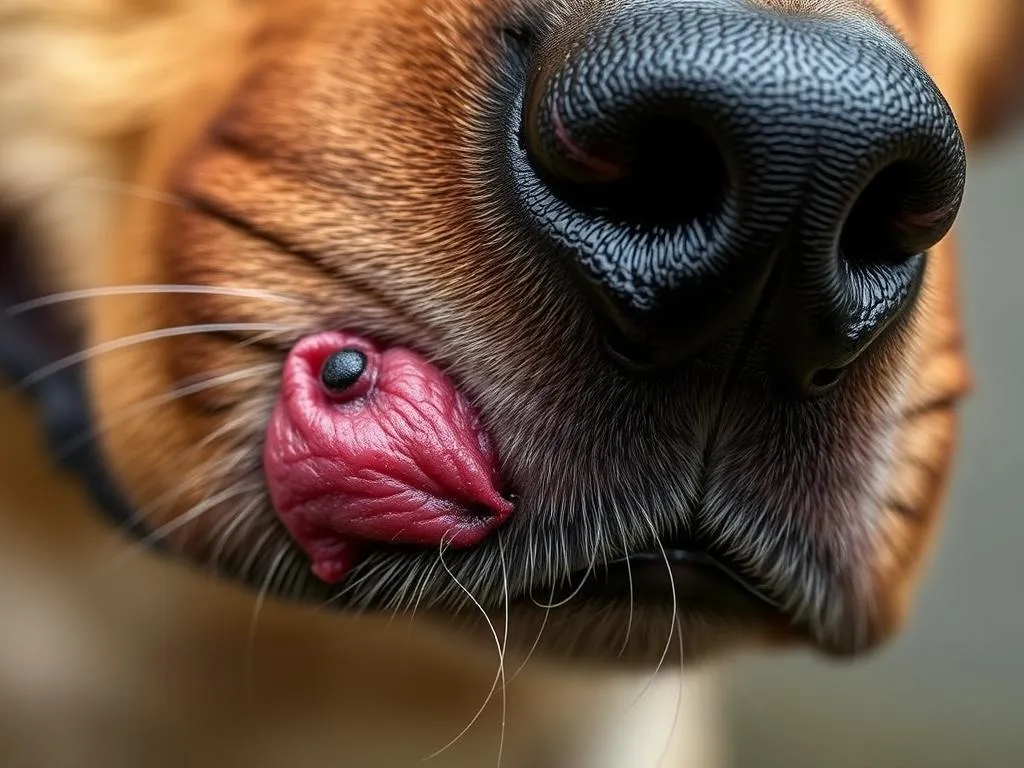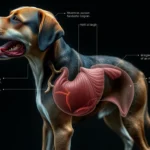
Recognizing the signs of a tick bite on your dog is crucial for its health. Ticks are more than just a nuisance; they can transmit serious diseases that can affect your furry friend’s well-being. In this guide, we will explore everything you need to know about ticks, how to identify tick bites, preventive measures, and what to do if your dog gets bitten.
Understanding Ticks and Their Impact on Dogs
What are Ticks?
Ticks are small arachnids that feed on the blood of mammals, birds, reptiles, and amphibians. They thrive in moist, wooded, and grassy areas, making them a common concern for dog owners, especially during warmer months. There are several types of ticks that can be found on dogs, including:
- Deer Ticks (Ixodes scapularis): Known for spreading Lyme disease.
- American Dog Ticks (Dermacentor variabilis): Can transmit Rocky Mountain spotted fever.
- Brown Dog Ticks (Rhipicephalus sanguineus): Commonly found in homes and can transmit diseases like ehrlichiosis.
The life cycle of a tick involves four stages: egg, larva, nymph, and adult. Each stage requires a blood meal to progress to the next, which makes dogs a prime target for these parasites.
Health Risks Associated with Tick Bites
Tick bites can lead to serious health issues in dogs. Some of the most common diseases transmitted by ticks include:
- Lyme Disease: Caused by the bacterium Borrelia burgdorferi, it can lead to joint pain, fever, and lethargy.
- Ehrlichiosis: A bacterial infection that affects the dog’s immune system, leading to symptoms such as weight loss and bleeding disorders.
- Anaplasmosis: A disease that causes fever, joint pain, and lethargy.
Statistics indicate that thousands of dogs are diagnosed with tick-borne diseases each year. Being vigilant about tick bites can significantly reduce health risks for your pet.
Identifying Tick Bites on Dogs
Physical Appearance of Tick Bites
Understanding what a tick bite looks like on a dog is essential for prompt action. A tick bite often manifests as a small, red bump on the dog’s skin. Here are some characteristics to look for:
- Size: A tick bite may appear as a small, raised area, often about the size of a pencil eraser.
- Color: The bite site may be red, inflamed, or have a darker center where the tick was attached.
- Characteristics: In some cases, there may be a small scab or a clear fluid present.
The appearance of the bite can vary depending on the type of tick. For example, a deer tick bite may look different from that of a dog tick due to the tick’s size and shape.
Symptoms Following a Tick Bite
After a tick bite, it’s important to monitor your dog for symptoms that may indicate a reaction to the bite or an infection. Common symptoms include:
- Swelling and Redness: The area around the bite may become inflamed.
- Irritation: Your dog might scratch or lick the area frequently.
- Behavioral Changes: Watch for lethargy, loss of appetite, or unusual aggression, which could indicate pain or illness.
If you notice these symptoms, it is advisable to seek veterinary advice, especially if your dog exhibits severe or prolonged reactions.
Prevention of Tick Bites in Dogs
Preventative Measures
Taking proactive steps to prevent tick bites is one of the best ways to ensure your dog’s health. Here are some effective preventive measures:
- Tick Prevention Products: Consider using flea and tick collars, topical treatments, or oral medications specifically designed to repel or kill ticks. Products like Bravecto, Frontline, and Seresto are popular choices among dog owners.
- Natural Remedies: Some pet owners opt for natural solutions, such as essential oils (like lavender or cedarwood), but it’s crucial to consult with a veterinarian before using these alternatives.
- Regular Grooming: Regularly grooming your dog and inspecting their coat for ticks can help catch any infestations early. Pay special attention to areas like the ears, underbelly, and between toes.
Safe Outdoor Practices
When enjoying outdoor activities with your dog, taking precautions can minimize the risk of tick bites:
- Avoid Tick-Infested Areas: Steer clear of tall grass, dense brush, and wooded regions where ticks are more prevalent.
- Post-Outdoor Checks: After walks or hikes, check your dog thoroughly for ticks, especially in warm, sheltered areas of their body.
- Seasonal Considerations: Be extra vigilant during peak tick seasons, typically spring and fall, when ticks are most active.
What to Do if Your Dog Gets a Tick
Safe Tick Removal Techniques
If you discover a tick on your dog, acting quickly and correctly is essential. Here’s how to safely remove a tick:
- Gather Your Tools: You’ll need fine-tipped tweezers or a specialized tick removal tool, gloves (to protect yourself), and antiseptic.
- Grasp the Tick: Using the tweezers, grab the tick as close to your dog’s skin as possible without pinching the skin.
- Pull Upward: Gently pull upward with steady pressure. Avoid twisting or jerking, as this can cause the tick’s mouthparts to break off and remain in the skin.
- Clean the Area: After removal, clean the bite site with antiseptic to prevent infection.
- Dispose of the Tick: Place the tick in a sealed bag or container and dispose of it safely.
It’s essential to check for the tick’s head. If any part remains embedded, seek veterinary care immediately.
Post-Removal Care
After removing a tick, monitor the bite site and your dog’s overall health:
- Care for the Bite Site: Clean the area daily and watch for signs of infection, such as increased redness, swelling, or discharge.
- Monitor for Symptoms: Keep an eye on your dog for signs of illness over the next few weeks. Symptoms might include fever, lethargy, joint pain, or loss of appetite.
- Veterinary Consultation: If you notice any concerning signs, contact your veterinarian promptly.
Monitoring and Follow-Up Care
Observing for Symptoms
After a tick bite, it’s crucial to monitor your dog for potential symptoms of tick-borne diseases. Here’s a general timeline for observation:
- First Week: Watch for any immediate reactions, such as swelling or irritation.
- 1-3 Weeks Post-Bite: Be alert for symptoms like fever, lack of energy, or loss of appetite, which may indicate an infection or disease.
- Long-Term Monitoring: Some tick-borne diseases may not show symptoms until weeks or months later, so continue to monitor your dog’s health.
Regular Veterinary Check-Ups
Regular veterinary visits are vital for maintaining your dog’s overall health. During these check-ups, your vet can:
- Perform Tick-Related Health Checks: Assess for any signs of tick-borne diseases.
- Administer Vaccinations: Keep your dog updated on vaccinations that can protect against certain tick-related illnesses.
- Discuss Preventative Options: Your veterinarian can recommend the best tick prevention strategies based on your dog’s lifestyle and environment.
Conclusion
Understanding what a tick bite looks like on a dog is essential for any responsible pet owner. By recognizing the signs of a tick bite and knowing how to prevent and treat them, you can help protect your dog from potential health issues. Taking proactive measures, such as regular grooming and using preventative products, will keep your furry friend safe from ticks and the diseases they carry. Always consult with your veterinarian for personalized advice and care tailored to your dog’s needs.









